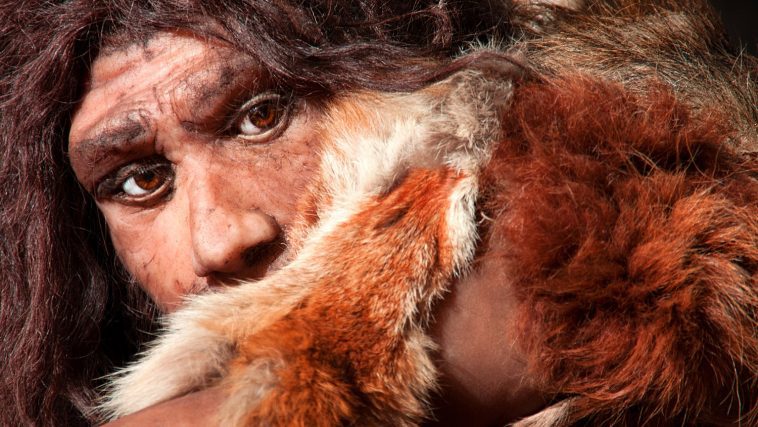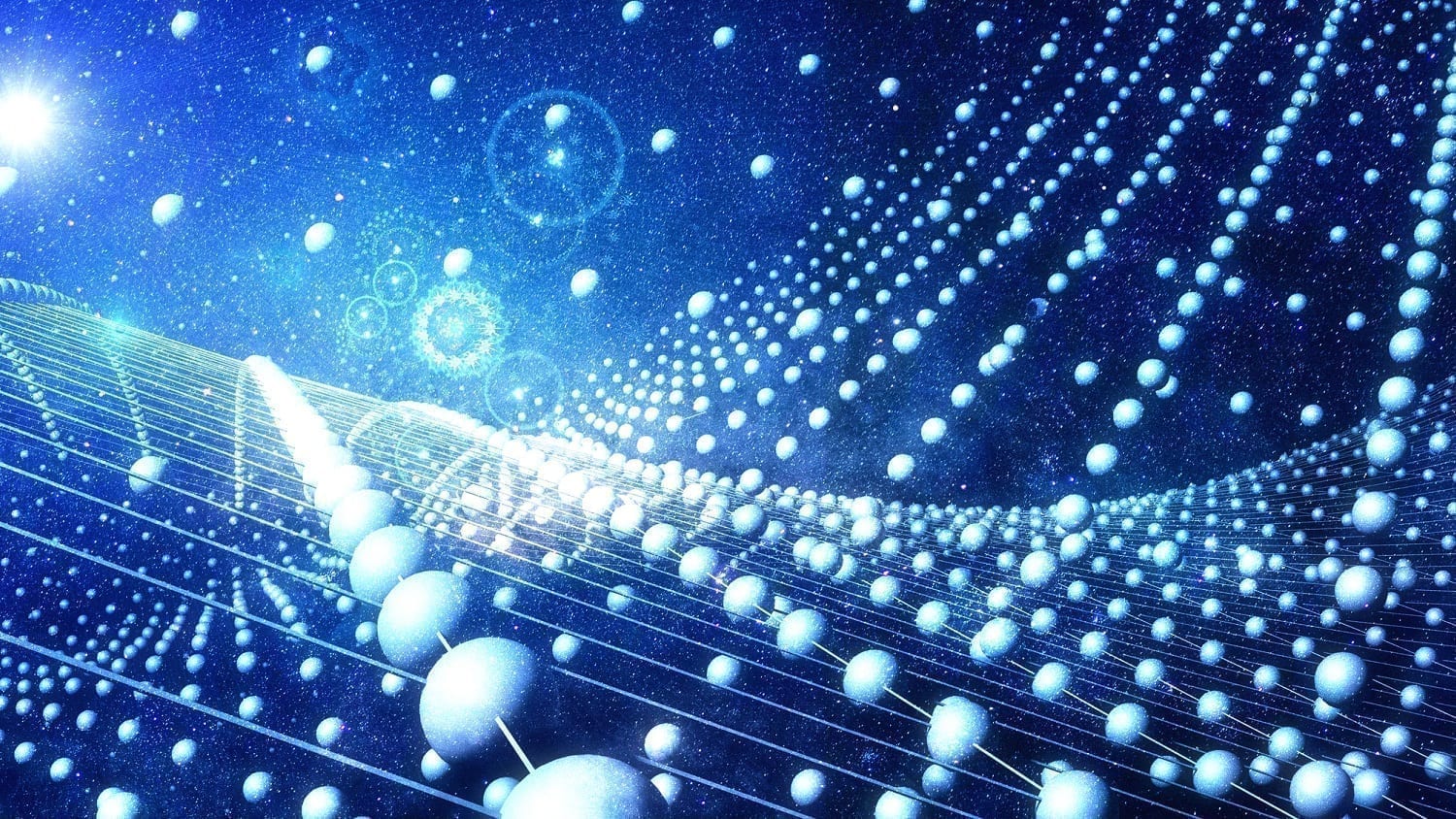[Originally published as the first part of 5 Reasons Why Neanderthals Were Simply Humans]
Perhaps one of the most heated questions in the origins debate is that of the existence of Adam and his “relationship” — whatever that may mean — to other fossil forms which have been found and interpreted according to the conventional paradigm.
Those who spend much time studying this subject will find little value in this article; however, one who has not studied this issue at length may find this to be a valuable summation of the “state of the debate” on this question, and some evidence in support of a young age creationist understanding.
Introduction: The State of the Question
Taken at face value, the Bible seems to suggest that human beings were created de novo (from the new) in the beginning — somewhere around 6,000 years ago. This, of course, stands in stark contrast to the conventional theory of evolution held by about 97% of the world’s scientists — including Christian scientists.¹
The Bible makes clear that human beings are different in that they are made in the image of God — what theologians call the Imago Dei. Much ink has been spilled in an attempt to hash out what exactly is meant by the image of God. That is not the purpose of this discussion, but I’d invite you to check out this podcast episode where we dealt extensively with that very question.
The logical implication, of course, is that, if the naturalistic story of common ancestry is true, there is no room for the image of God to be upon a specially created original pair of human beings. To further complicate things, most evolutionary biologists are convinced that in order to have the biological diversity we see today, we must be dealing with an original “population” of humans — around 10,000 people—rather than an original ancestral pair.
There have been proposed a number of solutions to make sense of this problem. I’m sure I will leave out a suggestion or two, but generally speaking, the following solutions have been proposed:
Young age creation science: understands the Bible to convey a meaningful chronology of history from Genesis to Revelation. The vast majority of the time, young-age creationists are “concordists,” which simply means that they believe the Bible speaks accurately and literally about history and even science. This is the persuasion I hold and teach.
On this view, there is no time for the evolutionary process to take place. Therefore, there is no room for evolution from an ape-like ancestor. Human Baraminology is a division of creation science studies aimed at identifying the proper relationship (genetically & paleontologically) between modern humans and the fossils which allegedly belong to the story of human ancestry.
To convey what this means in understandable terms, this process aims to identify and classify deceased and even extinct organisms such that there would be no question that, if they were standing in front of us today, we could clearly distinguish the human from the animal.
Old age creation science: holds the view that conventional dating — an earth around 4.5 billion years old and a universe of about 13.8 billion years old — is probably accurate. Most old-age creationists are also concordists and feel that the Bible speaks accurately on matters of history and science.
On this view, time exists for evolution to take place, but this view does not suggest or promote the theory of evolution. In fact, adherents are wildly opposed to it. This group holds to a sort of “fixity of species” idea that teaches, for example, that many species as we see them today are likely very close to what they may have been like millions of years ago.
For this group, the question of human-relatedness to other hominids has been a moving target over the years and the subject of much study (even today). Its foremost proponents generally accept the idea that humans and Neanderthals interbred (this is virtually undeniable based on empirical science) but are unwilling to concede that they are humans — made in the image of God — as we are. (For a brief discussion of their view and its implications, see here.)
Intelligent Design: Those in the Intelligent Design (ID) movement hold views quite similar to the old age creationists, except with almost no particular theological commitment (though many are certainly evangelical Christians). Some ID scientists are not even religious in the sense we would understand the term. They simply are not willing to believe that the world we live in could be a result of naturalistic processes and instead believe it is the result of careful, calculated design.
This means the ID movement makes no attempt at interpreting Genesis according to a particular scientific paradigm. It is an exclusively scientific enterprise, which, of course, accepts the standard dating chronology (billions of years).
On the point of human ancestry, it’s not clear to me that the ID movement takes a particular stand, though I suspect many of its scientists hold a similar stance as the old-age creationists.
Theistic evolution: maintains that the theory of evolution is true and was guided by God. For what should be obvious reasons, many theistic evolutionists are non-concordists. This means they believe the Bible is accurate in terms of theological truth but does not speak in a literal sense to matters of science and early history.
On this view, Neanderthals are understood to be exactly what conventional evolutionary theory maintains—they are merely one branch in the evolutionary lineage between modern humans and their original common ancestor with an ape-like creature.²
Further, Adam and Eve are claimed to be a selected pair out of the original population of humans, which were endowed with the Image of God and specifically designated to begin the modern human race as we know it to accomplish God’s purposes.
Genealogical Adam vs. Genetic Adam: This is a very new proposition, and for that reason, there is much more research that needs to be done. However, this research is purported to be of a theological nature. Proponents of this view maintain that science cannot answer the question of “Adam” because it does not speak to it at all.
Because they believe the Bible is speaking only of a genealogical Adam and not of a genetic one, they claim it is possible to believe in the special (de novo) creation of Adam in the garden of Eden as seen in the Bible, and still maintain that the normal process of evolution had been going on outside of the garden all along.
On this view, then, there is simply no relationship between Adam and other hominids. Certainly, I think there are myriad theological issues with this suggestion. But it is claimed to be scientifically “neutral,” as it were.
We do not have the space to give a detailed analysis of each position. Above, I indicated the position that I hold and now aim to give a rationale in support of my claim that Neanderthals were simply humans.
Before I can give such a rationale, however, we must address the issue of DNA. If Neanderthals are just humans, why are they considered something different at all?
Footnotes
- An important factor is that a much, much smaller number of those scientists are evolutionary biologists who spend time actively researching the subject of human origins. It is accurate to say that the vast majority of scientists “go with the flow” on this because there is no reason to doubt “what the experts say.” Physicists deal with physics — not evolutionary biology, for example.
- To be specific, they are considered to be distant cousins in an evolutionary context.
See here for a thorough discussion.







